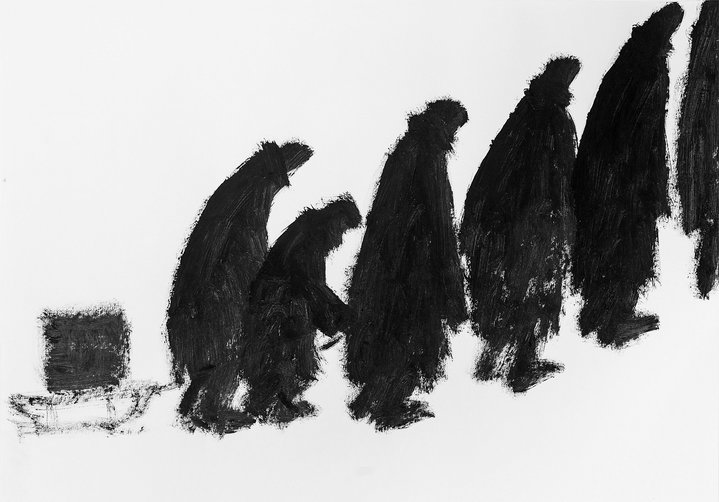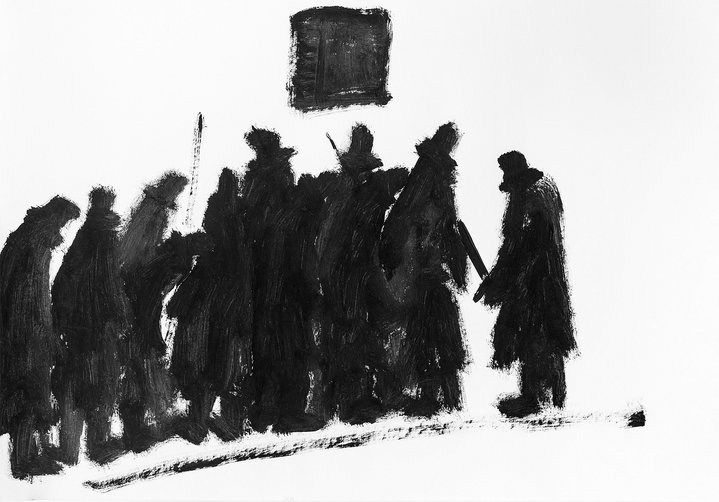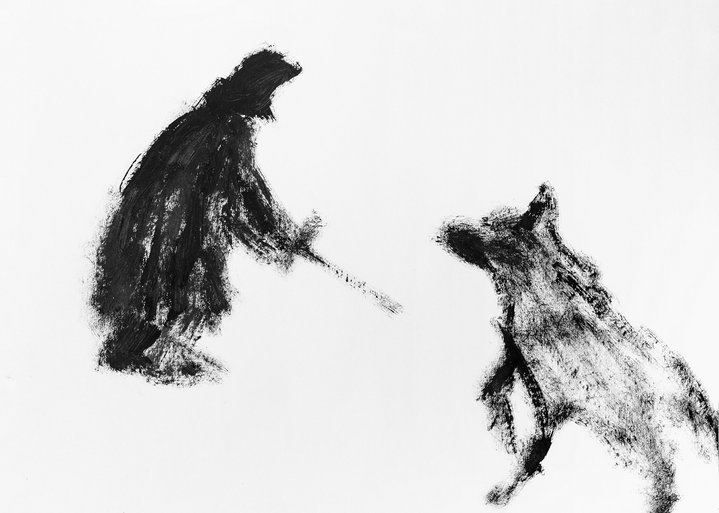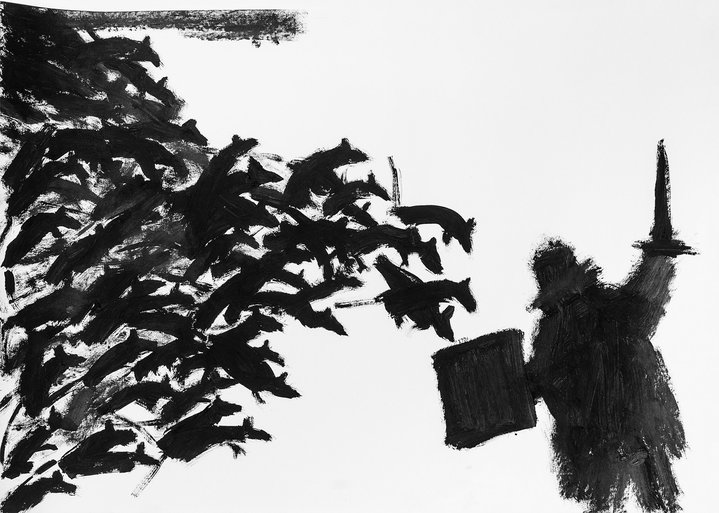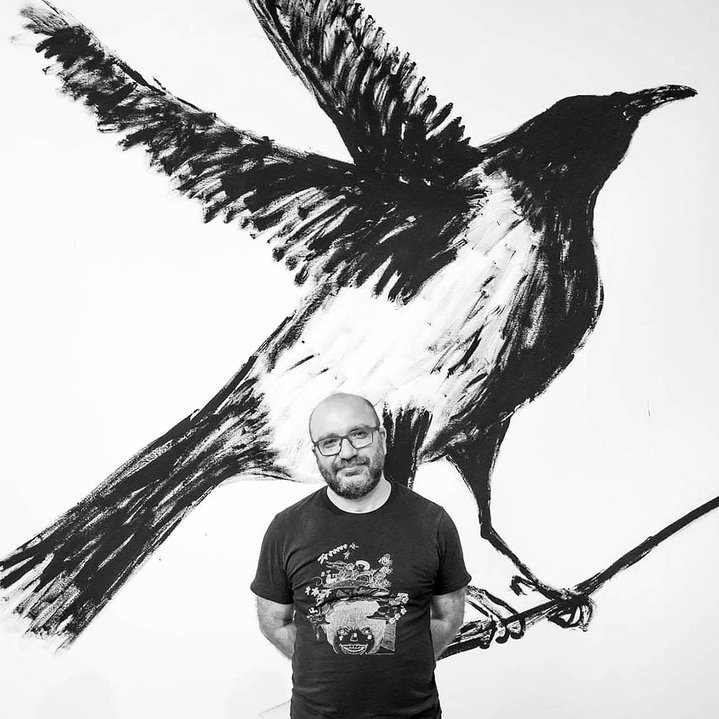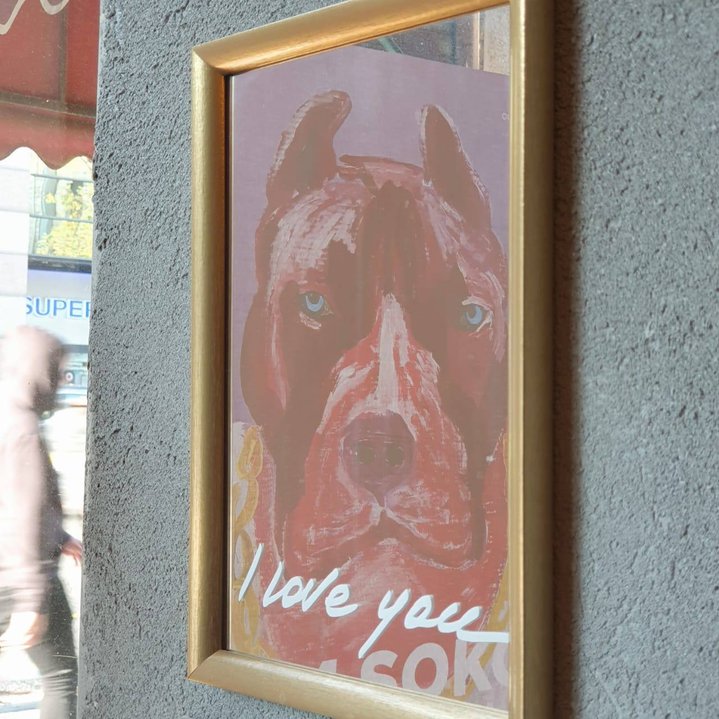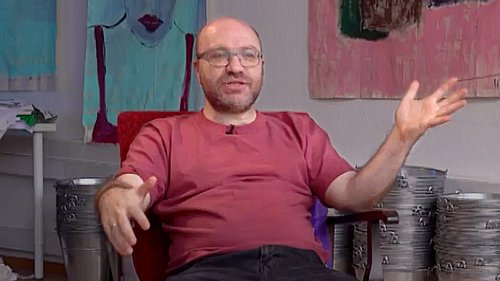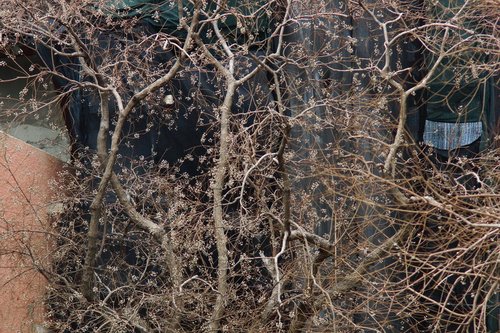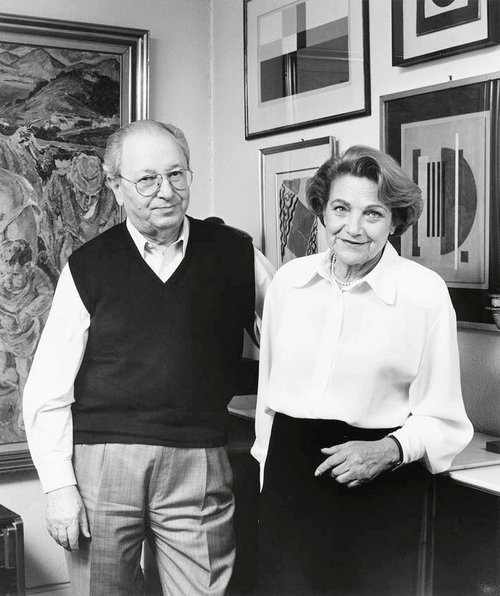Haim Sokol: Twice Bitten, Not Shy

Haim Sokol. Doghead. Exhibition view. Creative Community Art Space. Haifa, 2023. Photo by Maria Zaikina. Courtesy of Creative Community Art Space
Russian-Israeli artist Haim Sokol´s powerful figurative art is currently on exhibition at two venues in Israel. Always preoccupied by existential questions, he creates works that are not directly inspired by the headlines in the media, yet feel poignantly topical.
‘Memory is the Imagination of the Past’ at the Studio of Gabi Yair in Tel Aviv, and the Doghead exhibition at the Creative Community art space in Haifa are visually distinctive shows that present two sides of the same unstoppable talent. Curated by Hagai Segev and Gabi Yair, the Tel Aviv exhibition consists of Sokol´s black and white works on paper from his 2018/2019 series ´Uprising´. The drawings tell the story of a hypothetical doomed revolt in which we observe powerlessness before evil and the futility of resistance, a theme which the artist says today, "has acquired an ominous urgency". In the Haifa exhibition, curated by Maria Zaikina and Miron Epstein, there are paintings so bright that the colour seems to let out a scream. Curator Maria Zaikina calls them, "people with dog heads".
Haim Sokol (b.1973) is best known for work which addresses the theme of memory and historical trauma. It is a reflection in images of what it was like to be Jewish in twentieth century Europe, for him in some way akin to the experience of being among a crowd of extras in some real-life historical battle. His are exquisitely layered and frighteningly clear metaphors. He distils family stories into universal generalisations. His father told him how during the war Jewish men bought their wives and children out of captivity under the Nazis for pieces of furniture, and now the artist transforms a wardrobe in the middle of an empty, dark exhibition hall, into a mute monument which gives out a deafening roar to the horrors of the experience. On the Moscow art scene Haim Sokol has always stood out for his constant and courageous struggle to work with the ghost of pain from the past with such authenticity, depth and power, there is nothing naïve about his work. He can be seen in the tradition of the generation of post-war artists which includes Lucien Freud (1922-2011), Anselm Kiefer (b. 1945), and Christian Boltanski (1944-2021), who, after the Second World War painfully searched for the humanistic meaning of art.
Ethnically Jewish, Sokol was born and lived until the age of 14 in Arkhangelsk, in the far North of Russia. His family had originally settled there from Ukraine, and as a teenager, he moved back briefly before repatriating to Israel three years later, where he went on to study in the philological faculty at the University of Jerusalem. In 2006 he returned to Russia where he established a successful career both in Moscow and also internationally, where he has regularly participated in numerous contemporary art biennales. He has taught at the Rodchenko School and the Higher School of Economics and has had solo exhibitions at the Moscow Museum of Modern Art and at the State Tretyakov Gallery. His last exhibition in Russia at the private Jewish Museum and Tolerance Centre opened just one week before the invasion of Ukraine after which he returned to Israel.
Perhaps it is a grimace of fate, after working through his art to heal the wounds suffered seventy years ago that he has twice found himself affected by military conflicts in one year and a half, first in Russia, then in Israel. Today, he says that the trauma of emigration has haunted him since birth. In Soviet times, for him this was an ´internal emigration´, a lifestyle based on ignoring the suffocating Communist propaganda and Soviet reality in general and later on, moving to Ukraine, then to Israel, and then living in Russia for several decades without Russian citizenship, with his Israeli passport. He feels that the current relocation is the most difficult of all, the predicament familiar to many forced emigres of having to unexpectedly start from scratch again, this time at the age of 50.
His Doghead show was born out of observations on local life. In Israel people do not generally keep cats as pets at home: mostly they live on the street, minding their own business and people are not afraid of them. In contrast, people are scared of dogs, so they go into shelters to be adopted or euthanized, it is an ambivalent ´care/control´scenario. The life of new immigrants, ´olim hadashim´, bears striking similarities, thinks Sokol. They are cared for but kept at a distance, they induce fear. Of the 2022 aliyah “We are perceived as people with dog heads,” says the artist. “I'm not trying to prove otherwise. Yes, we are like that… but we are here.”
Asked how he feels about moving from one military conflict to another in quick succession, Haim Sokol talks of his anti-war stance. “Neither of these two military conflicts came as a surprise. Like everyone I had always said that they would not happen, but when it did there was no sense of shock. Everything lead up to it, the conditions and regimes were forming. Israel is also living under martial law; it goes from war to war. I had thought the Israeli government would start the war, but they were helped in the most brutal way by Hamas. Now instead of rescuing hostages, Israel is trying to prove to its citizens that it can win. None of this looks good, especially given the Russian context from which we come.”
Haim Sokol. Memory is the Imagination of the Past
Tel Aviv, Israel
7 December 2023 – 6 January 2024.
Haim Sokol. Doghead
Haifa, Israel
15 December 203 – 1 February 2024







